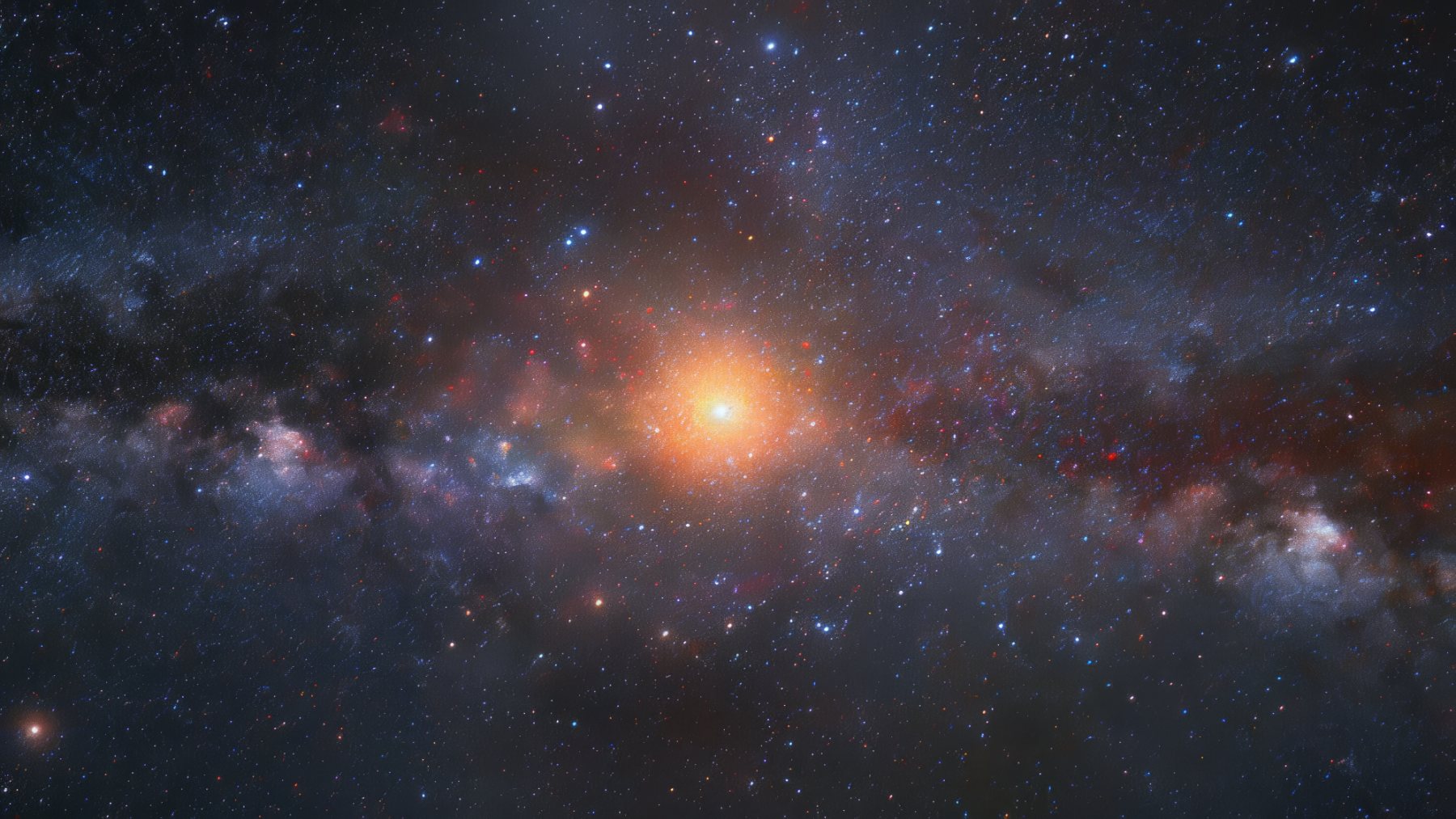
Goodbye to old NASA theories – the James Webb telescope reveals how galaxies have evolved over the last 12 billion years
How did your country report this? Share your view in the comments.
Diverging Reports Breakdown
Goodbye to old NASA theories – the James Webb telescope reveals how galaxies have evolved over the last 12 billion years
The James Webb Space Telescope (JWST) has long debunked NASA theories about galaxy formation. Scientists are beginning to suspect the universe grew in fits and starts, out of pure chaos into the somewhat order we know today. This latest cosmic survey, the deepest of its kind, revealed nearly 1,700 galaxy groups. These vast compilation of data was published in the journal Astronomy & Astrophysics, and offers an interesting insight on how galaxies evolved over 12 billion years. By understanding how those early groups of galaxies evolved, scientists are discovering how the galaxies that make up our own Local Group came to be. The gravity of dark matter pulls galaxies together, while the power of black holes in galaxy centers can heat up gas and slow star formation. This giant cosmic census is helping scientists connect the dots between the first clumpy galaxies and the grand spirals that light up the night sky.
The JWST has become our time machine to the past when it all began. Thanks to the pictures faint light from galaxies that formed long before Earth existed, astronomists are getting a grasp on the early days of the cosmos.
This latest cosmic survey, the deepest of its kind, revealed nearly 1,700 galaxy groups. These utterly vast compilation of data was published in the journal Astronomy & Astrophysics, and offers an interesting insight on how galaxies evolved over 12 billion years.
A family album of the universe
Galaxies are not isolated in a vaccum. They gather into groups and clusters, forming what astronomers call the cosmic web. These groups can include just a few galaxies, or hundreds bound together by gravity. Our own Milky Way is part of a small group, the Local Group, which includes Andromeda and several smaller galaxies.
Ghassem Gozaliasl, who led the galaxy groups detection team during the JWST observations, called it “the largest and deepest sample of galaxy groups ever detected.” With so many groups to study, scientists can finally study how these galactic families changed over billions of years.
Galaxies as they were 12 billion ago: chaotic and clumpy
When we look those galaxies, it’s like seeing the universe’s awkward teenage phase. These galaxies are small, messy, and bursting with energy. They’re not the neat spirals or smooth ovals we see in nearby galaxies today.
These early galaxies have irregular shapes , with bright knots of star formation lighting them up like fireworks.
, with bright knots of star formation lighting them up like fireworks. They’re rich in gas and dust, the raw ingredients for new stars, making them intense star factories.
These chaotic shapes show us how galaxies grew by merging and colliding, pulling in gas and smaller galaxies to build something bigger.
Galaxies closer to today: settled and structured
Fast forward a few billion years, and galaxies start to calm down. By about 1 billion years ago, those early, clumpy galaxies had grown up. They’d merged with others, pulled in more gas, and become bigger and more organized.
In this later cosmic era, galaxies have transformed into shapes we’d recognize today. Spirals with graceful arms and smooth, round ellipticals have taken over. Star formation has slowed down in many of them. Some galaxies have used up much of their gas, while others have had it heated by black holes at their centers. As a result, these galaxies aren’t churning out new stars at the same frenzied pace as their ancestors.
The hidden forces: Dark Matter and Black Holes
One of the most fascinating parts of this story is the role of invisible forces. Dark matter and supermassive black holes may not glow like stars, but they shape how galaxies evolve. The gravity of dark matter pulls galaxies together, while the power of black holes in galaxy centers can heat up gas and slow star formation.
Astronomers are using the JWST data to figure out exactly how these forces turned early chaos into the structures we see today. And because the new catalog includes galaxies across such a huge range of time, it’s like flipping through a photo album that shows how each family of galaxies changed from birth to the present. By understanding how those early groups of galaxies evolved, scientists are discovering how the galaxies that make up our own Local Group came to be.
Thanks to JWST, astronomers aren’t guessing anymore—they’re seeing the evidence directly. This giant cosmic census is helping scientists connect the dots between the first clumpy galaxies and the grand spirals that light up the night sky today.
Source: https://eladelantado.com/news/nasa-james-webb-galaxies-billion-years/
